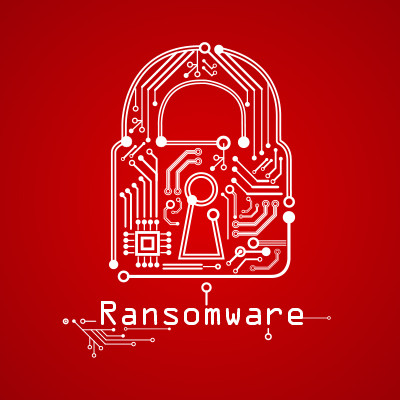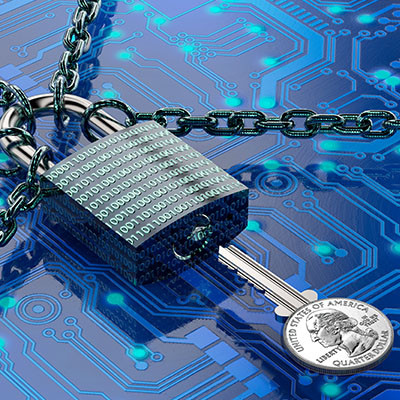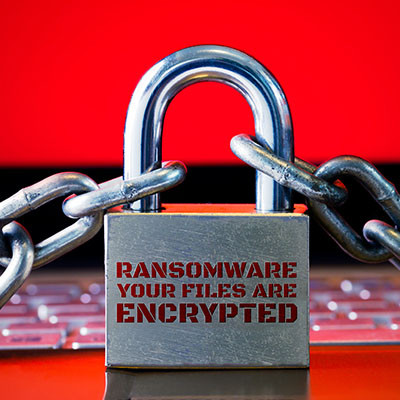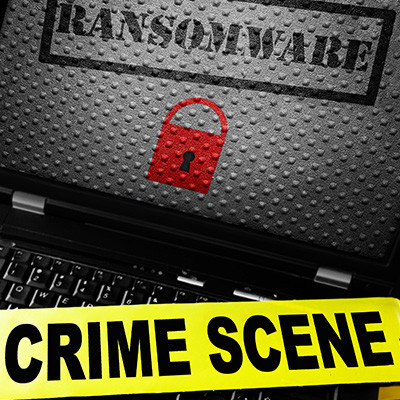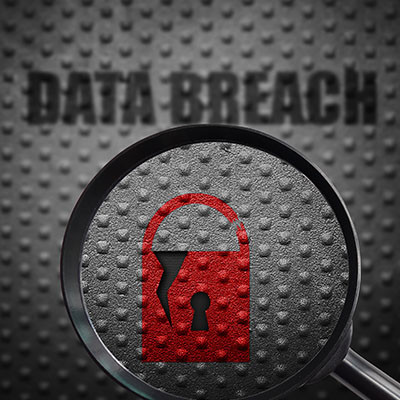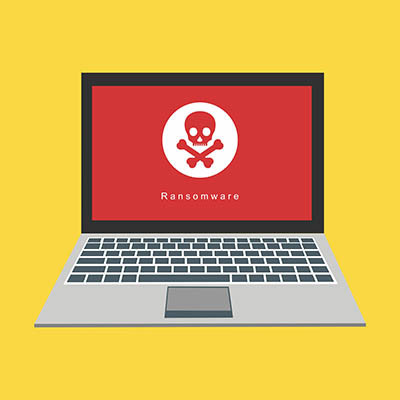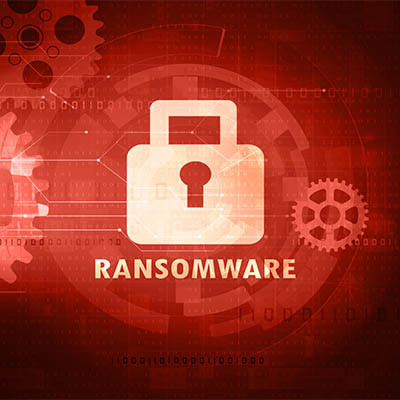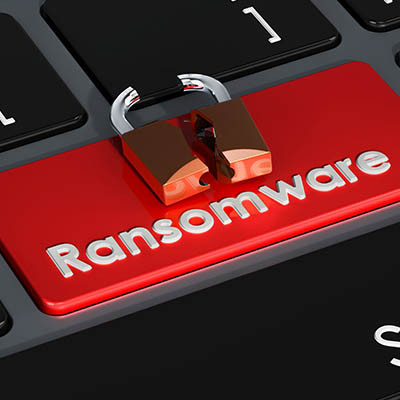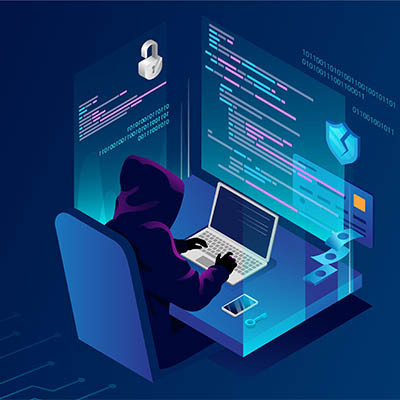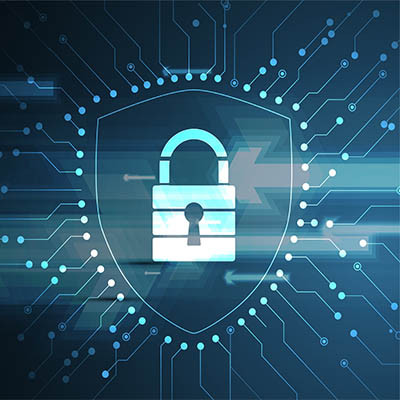Ransomware is not just a business problem; it is also a consumer and user problem. While it might lock down your business’ files and make them inaccessible, there is also the possibility that the cybercriminals will steal and sell the data on the black market rather than safely return it. What happens to users who have had their data stolen during a ransomware attack?
Osgood Unlimited Blog
Every year, there seems to be a notable increase in high-profile ransomware attacks. If you haven't yet devised a plan to shield your business from these dangers, the time to act is now. Luckily, there are proactive steps you can take to reduce the impact of ransomware attacks, and it all starts with preparation.
Ransomware takes up a significant amount of our blog, and for good reason. It’s an incredibly scary threat to find yourself on the receiving end of, and modern businesses are, to be quite frank, often unprepared to handle it. We wanted to take today as an opportunity to discuss the negative effects you can expect from a ransomware attack—effects that will make you think twice about the current level of security on your infrastructure.
At the end of January, the Federal Bureau of Investigation went public with an announcement that they had taken down the servers and Dark Web sites utilized by the Hive ransomware gang. This is a major victory, in terms of fighting cybercrime, but a certain statistic from this operation shows a somewhat disconcerting trend.
Smartphones have managed to hold out against ransomware a bit longer than other hardware and operating systems, but those days are coming to an end. It’s important to remember that the average smartphone is not protected with antivirus software and thus remains threatened by your standard ransomware attacks. It is absolutely critical that your business doubles down on its protection against ransomware, especially in the mobile market.
Despite their best efforts, cybersecurity can be a major cause for concern for all kinds of businesses and organizations. Even with a full team of cybersecurity professionals, data breaches can occur, and many of the worst data breaches of 2022 have been quite devastating. Let’s take a look at some of the worst ones so far.
We all know at this point how dangerous ransomware can be for businesses. It can lock down files, threaten operational continuity, and in some cases subject victims to brutal fines as a result of privacy breaches. One place where you might not expect ransomware to hit, however, is customer reviews, and it all stems from the big question: do you pay to resolve a ransomware attack or not?
A recent trend even amongst ransomware threats is that the FBI is issuing warnings regarding how dangerous it is or how difficult certain variants are. This particular threat—the OnePercent ransomware gang—is no exception. Let’s break down what you need to know about the OnePercent Group and how you can prepare to handle attacks not just from this threat, but most ransomware threats.
You’d think that cybercriminals would use ransomware to target high-profile businesses with loads of money to extort, but this is not always the case. Even a small business can fall victim to these particularly devastating threats. Ransomware, just like other threats out there, has continued to evolve and adjust its approaches based on the current cybersecurity climate, so what are some of the latest developments in ransomware?
Ransomware is bad stuff, and it’s only gotten worse with its recent resurgence that aligned with the COVID-19 pandemic. Phishing attacks and other means by which ransomware is commonly spread have used the current atmosphere as a springboard. This makes it even more critical that these kinds of behaviors and attempts can be spotted and stopped.
In May of 2021, Ireland’s Health Service Executive, which handles healthcare and social services to the Emerald Isle’s nearly five million residents, was the target of a massive ransomware attack. Even as businesses and municipalities from all over the globe have been dealing with this plight, we mention this because of the aftereffects of this situation. Today, we take a look at the situation and what can be learned from it.
With so many high-profile ransomware attacks being launched against manufacturers, pipelines, and even hospitals, it’s no surprise that many companies are worried about what the future of this threat means for their organizations. Ransomware poses a serious threat, one that cannot possibly be ignored, so we urge you to take action now so you don’t come to regret it later.
A recent surge of high-profile ransomware attacks strikes again with an assault on the world’s largest meat processor and distributor, JBS S.A. The cyberattack was so disruptive that the company was forced to suspend operations in both North America and Australia, leading to a considerable impact on the supply chain. Let’s take a deeper dive into what lessons can be learned from this situation.
The situation surrounding the hack against Colonial Pipeline has only become more complex as new information has come to light, each new discovery providing more insights and potentially actionable takeaways. Let’s examine some of the biggest developments surrounding the attack, and what they will likely mean for overall cybersecurity from this point forward.
Ransomware is no laughing matter, especially in terms of the costs it can impose on its victims—this is, after all, what ransomware is famous for. However, some of these costs can be derived from unexpected expenses and exacerbate the already significant issues that ransomware poses. Let’s go over some of the costs that you should anticipate, should you be targeted by a successful ransomware attempt.



